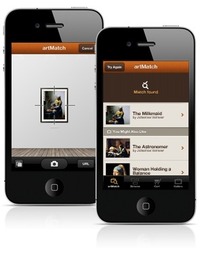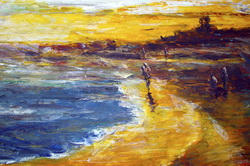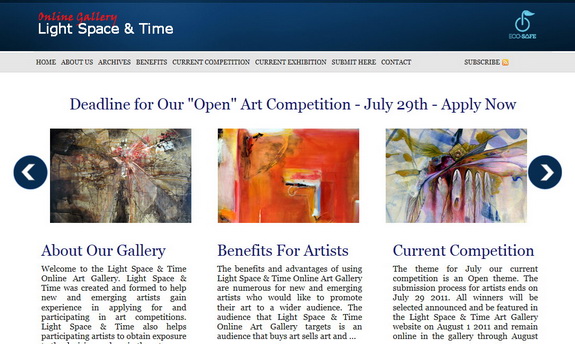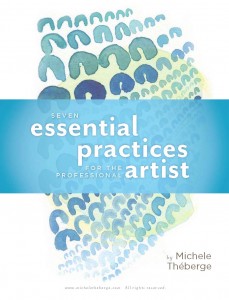ARTISTS. Art.com, Inc., a leading online provider of wall art, has introduced artMatch™ for the iPhone. The free app makes it easy for art lovers to find, explore, discover, share and purchase art right from their iPhones. After snapping a photo of any work of art, you can instantly search for matching or similar items on Art.com. You can also preview selected artwork in your own space by simply holding up your iPhone. The application is free and can be downloaded through Apple’s App Store.
 “Art.com has one simple goal—to make art accessible to all—and our new artMatch application for the iPhone takes that one step further, making it easy and fun for people to engage with art wherever and whenever inspiration strikes,” said Geoffrey Martin, CEO of Art.com, Inc. “Imagine walking down the streets of your favorite city, spotting a work of art you love in a café, gallery or museum and being able to go on your phone, find that work on Art.com, frame it and have it waiting for you at home when you return.”
“Art.com has one simple goal—to make art accessible to all—and our new artMatch application for the iPhone takes that one step further, making it easy and fun for people to engage with art wherever and whenever inspiration strikes,” said Geoffrey Martin, CEO of Art.com, Inc. “Imagine walking down the streets of your favorite city, spotting a work of art you love in a café, gallery or museum and being able to go on your phone, find that work on Art.com, frame it and have it waiting for you at home when you return.”
ArtMatch uses Art.com’s Visual Search™ technology. This makes it possible to:
Instantly find a work of art. Take a photo of a work of art, upload a photo from the phone, or enter a URL, and Art.com will instantly tell you whether it is available for sale on the site. If it’s not on Art.com, you will see similar works that are available on Art.com.
Browse the collection of more than one million works of art available through Art.com. The collection is conveniently presented in list, grid and single views optimized for viewing on the iPhone. Read information about each art piece and use the Super Zoom™ feature to examine brush strokes, texture, and other details of specific art pieces.
Visualize how the selected work of art would look in the room you have in mind. Simply hold up your phone to see the selected work in your own room or select from the gallery of rooms on Art.com.
Save your favorites to a gallery and share them with via email or Facebook. This feature can be useful if you want a second opinion before ordering art for a certain room in your house.
Purchase your pick right from the phone. The app’s integrated shopping cart can sync with your phone contacts for easy shipping to the selected destination. Your artwork arrives ready to hang on your wall. Learn more at www.art.com/iphone.
Art.com was founded in 1998 to make art accessible to all by transforming the way the world discovers, personalizes, shares and purchases art. Art.com, Inc. runs three sites in the USA—Art.com, AllPosters.com, and ArtistRising.com—and has a strong international presence with 25 local sites in Europe, Japan, Canada, Australia, Mexico, and South America. Art.com, Inc. is a privately held company headquartered in Emeryville, CA, with other facilities in Ohio, North Carolina and the Netherlands.
LINKS









